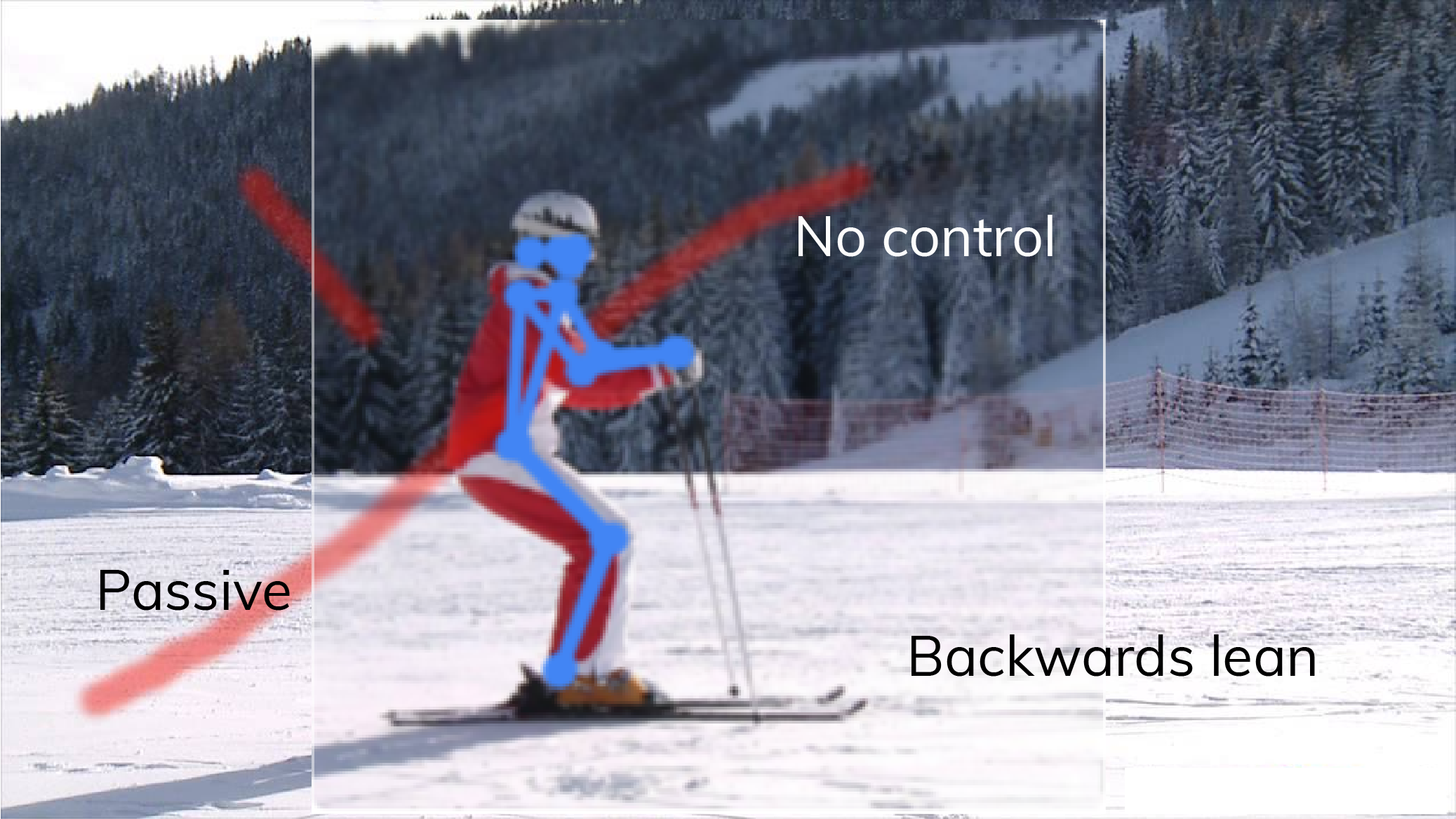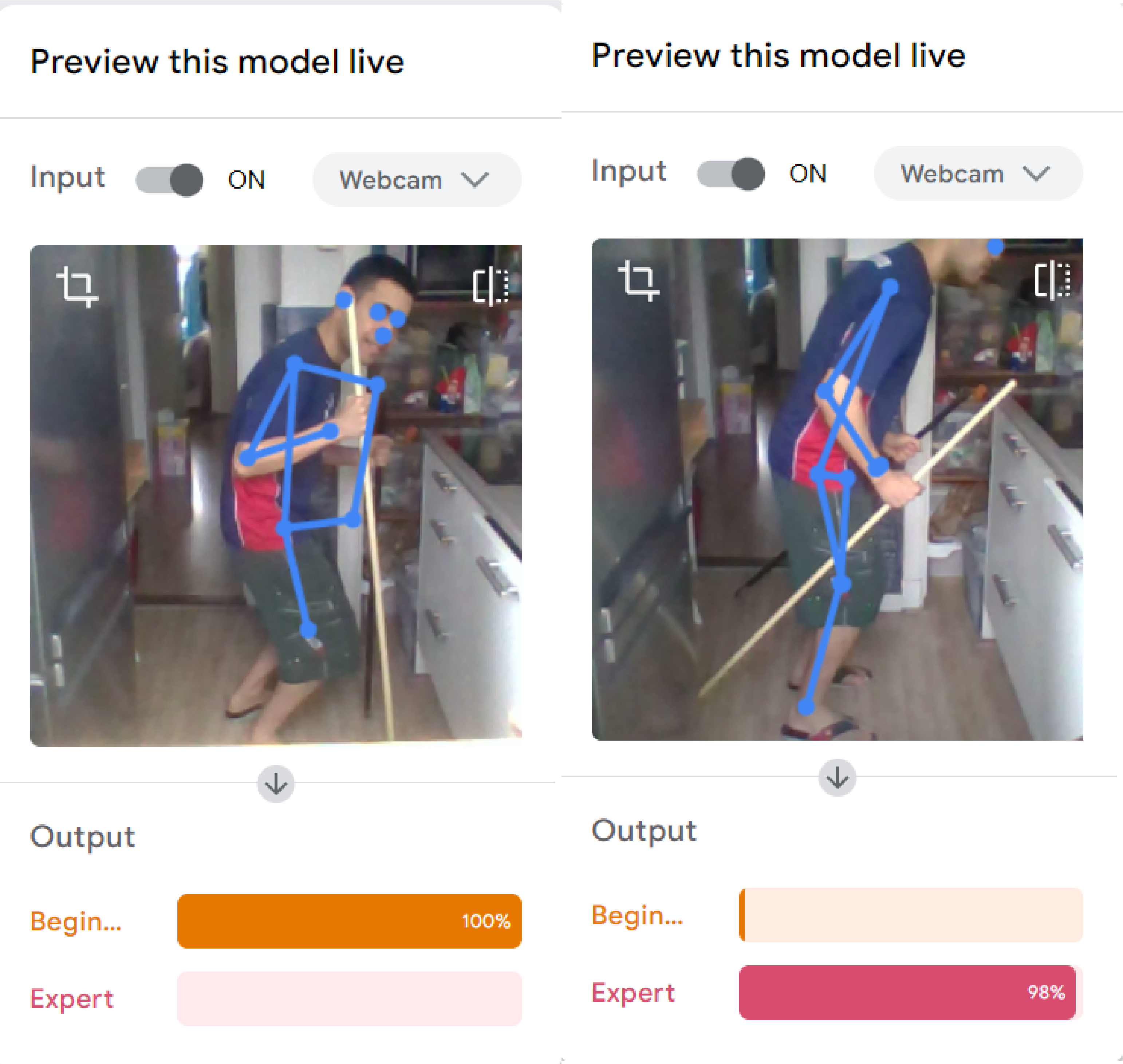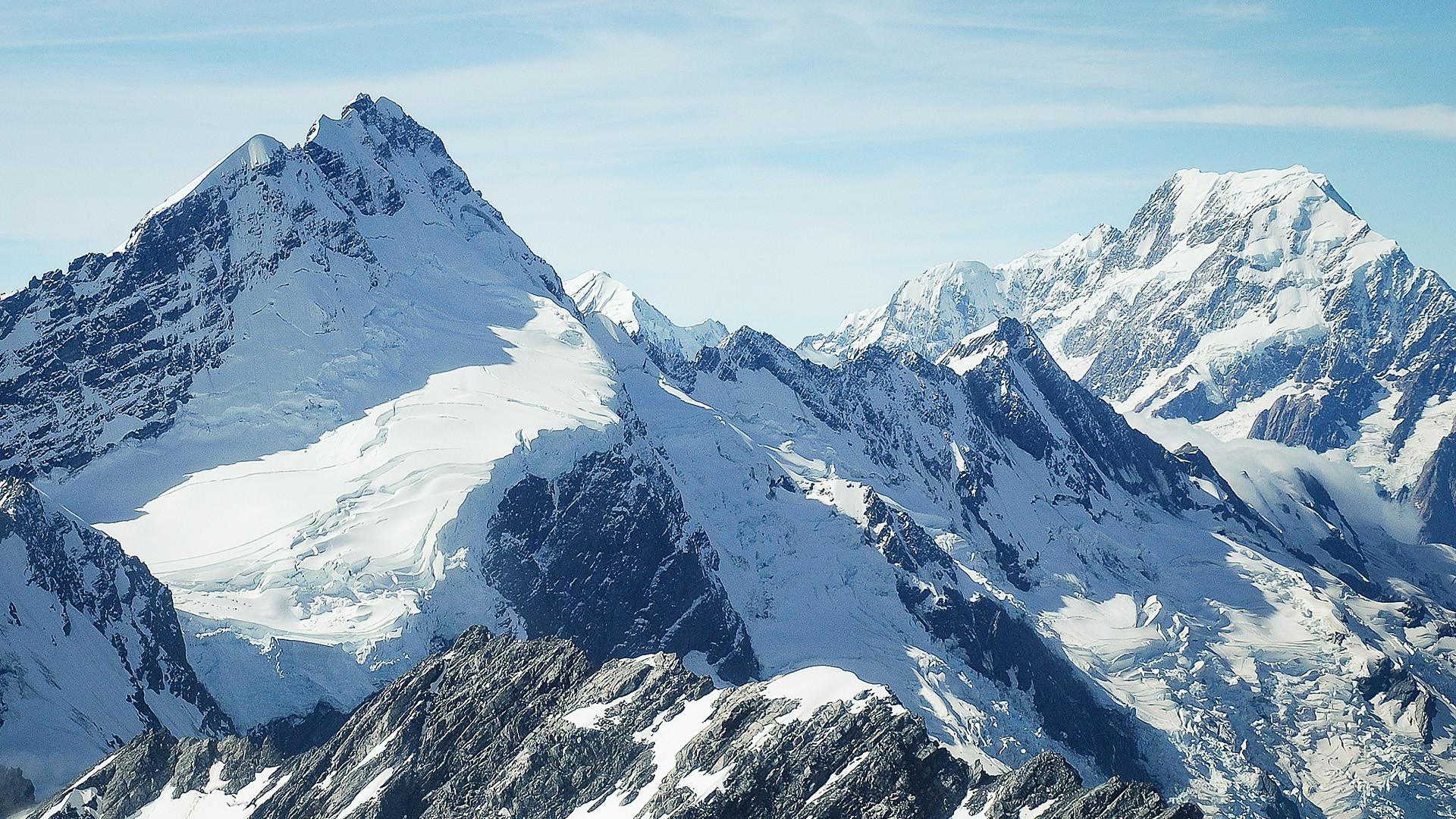
Exhibition 1_Page Group 14
| Team number | ?Group 14 |
|---|---|
| Students | Maarten van Geene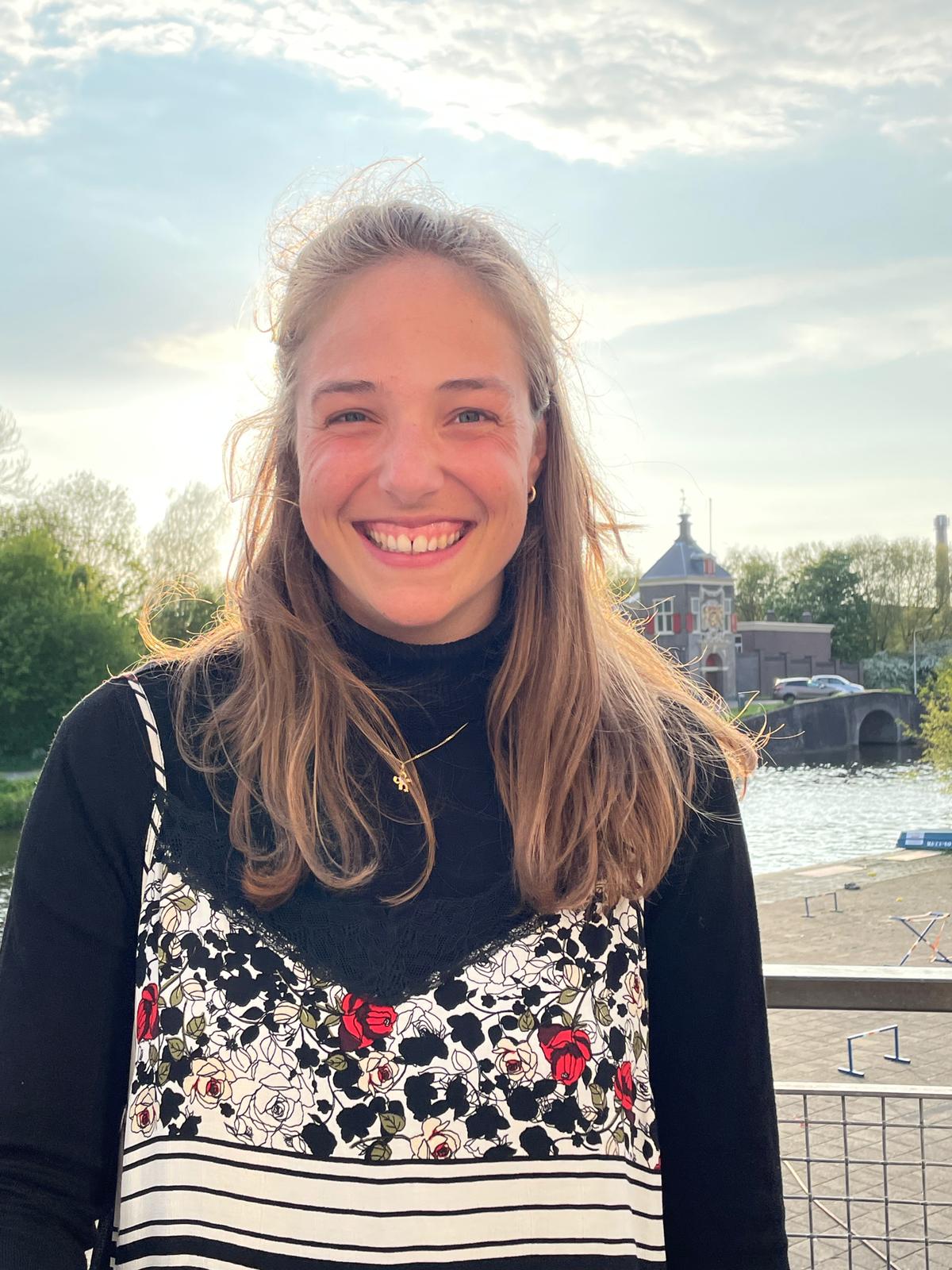 Noortje KwakernaakLeaMitchel Trap Noortje KwakernaakLeaMitchel Trap |
| Coach |  Ianus Keller Ianus Keller |
| Brief | O'Neill |
| Keywords | AIO'Neillfunlearningski |
| Exhibition link | https://www.notion.so/itd2021/Exhibition-1_Page-Group-14-56d1ad562c3b4ca1806a0a42166b272d |
| Status | Finished |
| One liner! | The O?Neill Skiing Experience of the Future |
| Link to video |
Welcome to our exhibition!
Here is an overview of our work. We first present the perspective we adopted to address the topic, as well as our target group. Open the ?Challenges? tab to see the focus areas we picked, our concepts, and our prototypes. Have fun!
Our perspective ??
Our perspective ??
We want to help beginner skiers enjoy the learning process
To achieve this, we use AI to turn the most frustrating experiences into fun and playful moments.

Our target group ??
Our target group ??
Challenges ?
Challenges ?
For every challenge, we have built a concept and a matching prototype.
Challenge 1: Practicing exercises
A big part of the learning experience of kids consists of following the teacher in a line and copying his/her movements. We believe that this situation is not ideal for 2 main reasons:
- Every child is unique, and they might have different needs and different learning paces
- It becomes repetitive and boring after a while, especially when you need to wait for everyone to perform the exercise
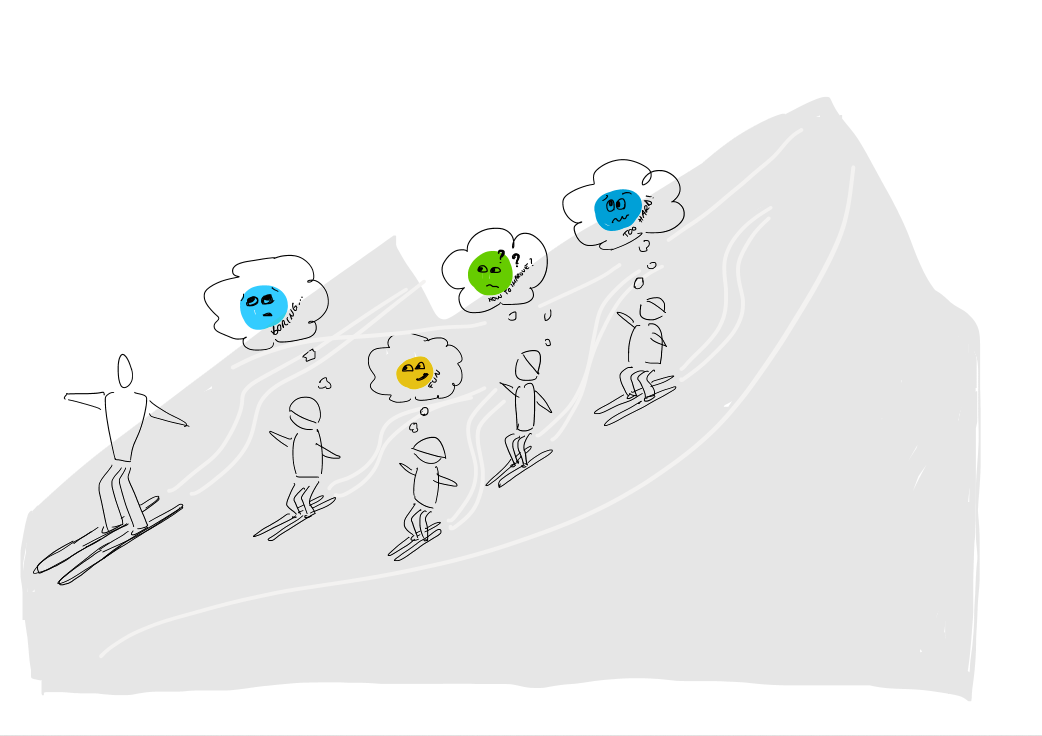
Concept 1: Voice Controlled Skiing Lessons ?
Concept 1: Voice Controlled Skiing Lessons ?
With this concept, we propose a new way of doing skiing exercises!
This prototype lets the user take voice-controlled skiing lessons without the use of an instructor. It works by using audio recognition AI embedded in the skiing helmet. The user has a dialogue with their helmet which suggests different challenging or relaxing lessons. The system will reward the user with points and level-ups for completing lessons.
Choose your lesson on top of the mountain or on the ski lift, and have fun!
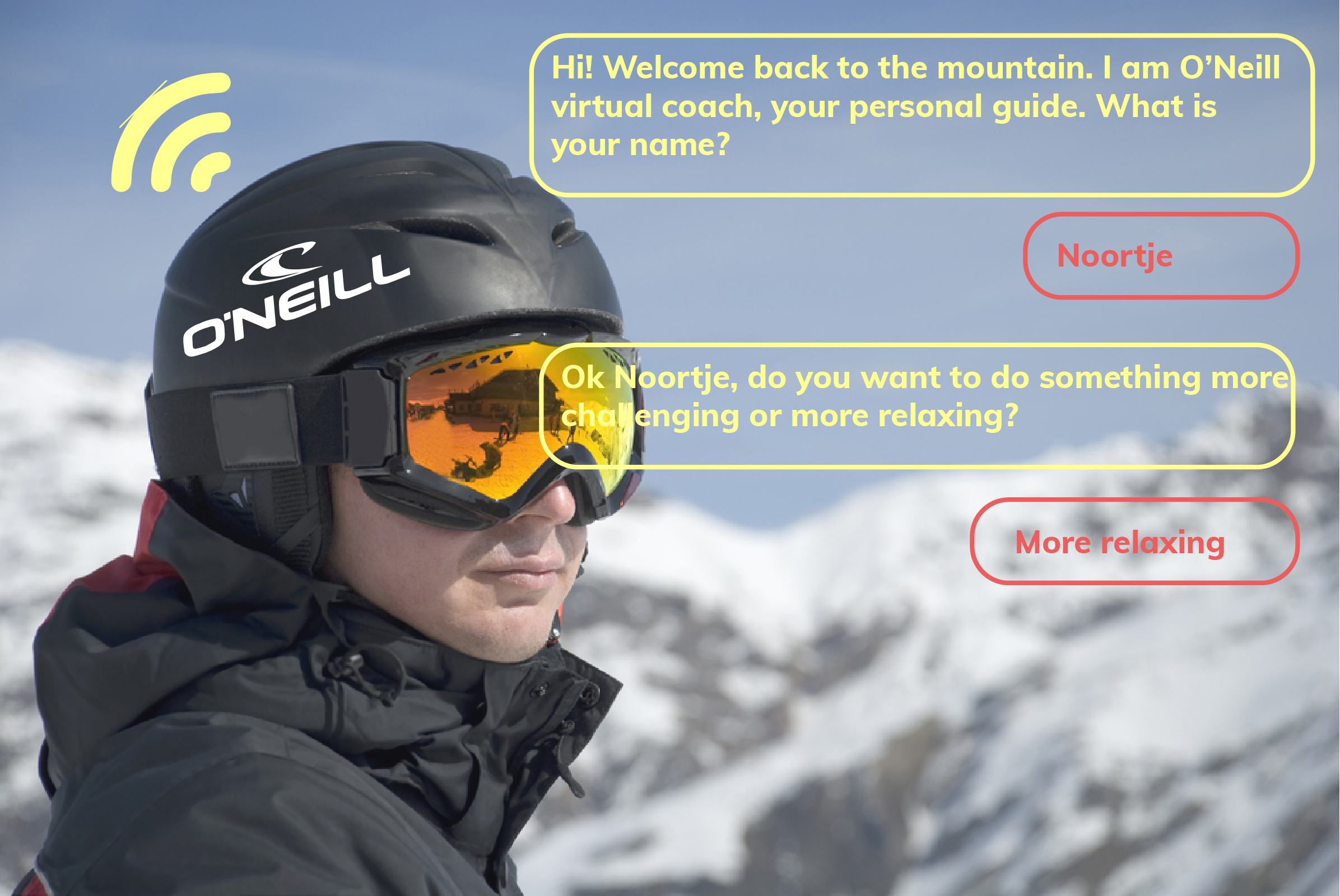
Ski down and follow the instructions to complete the exercise
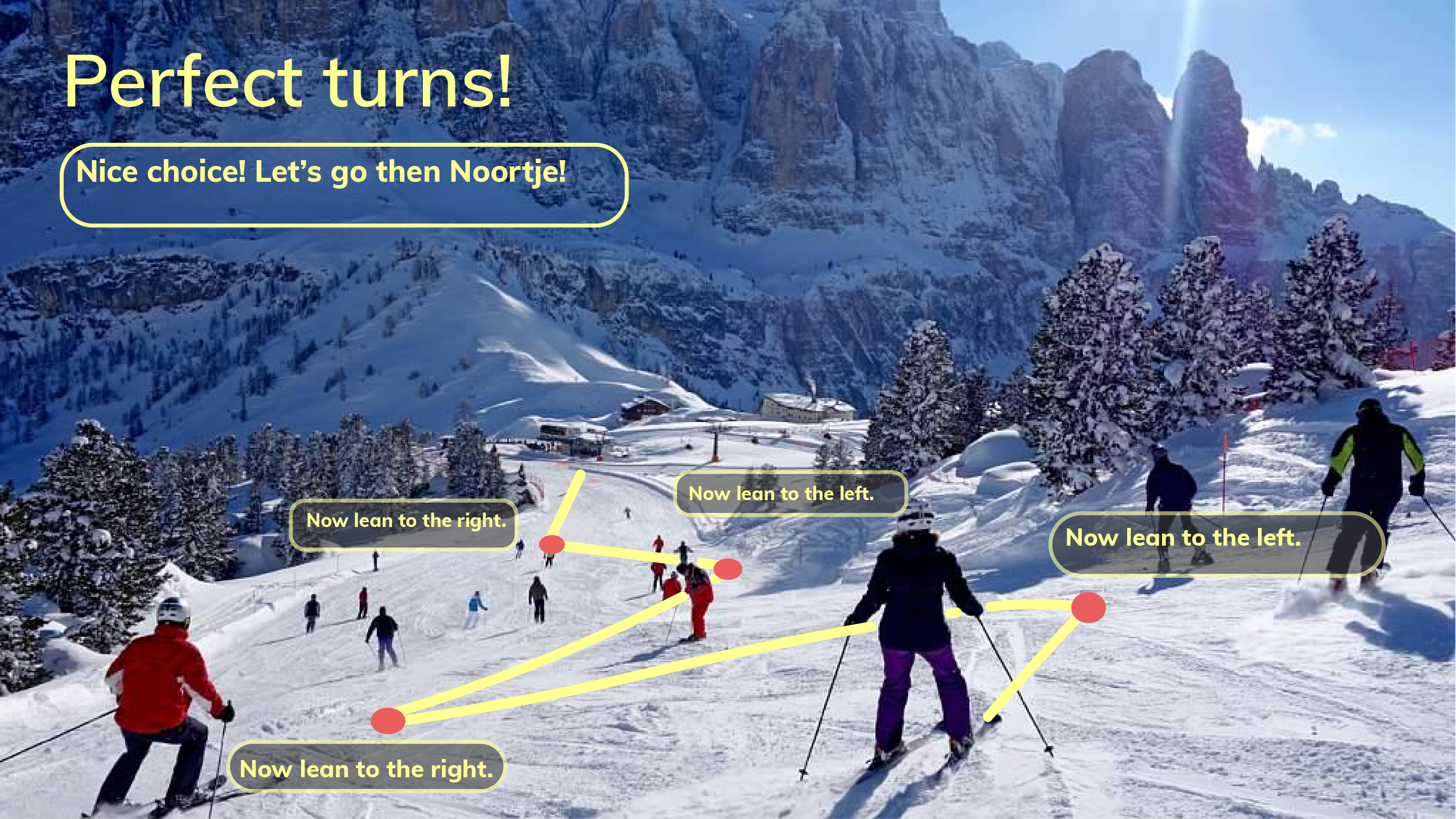
Receive feedback at the bottom of the slope
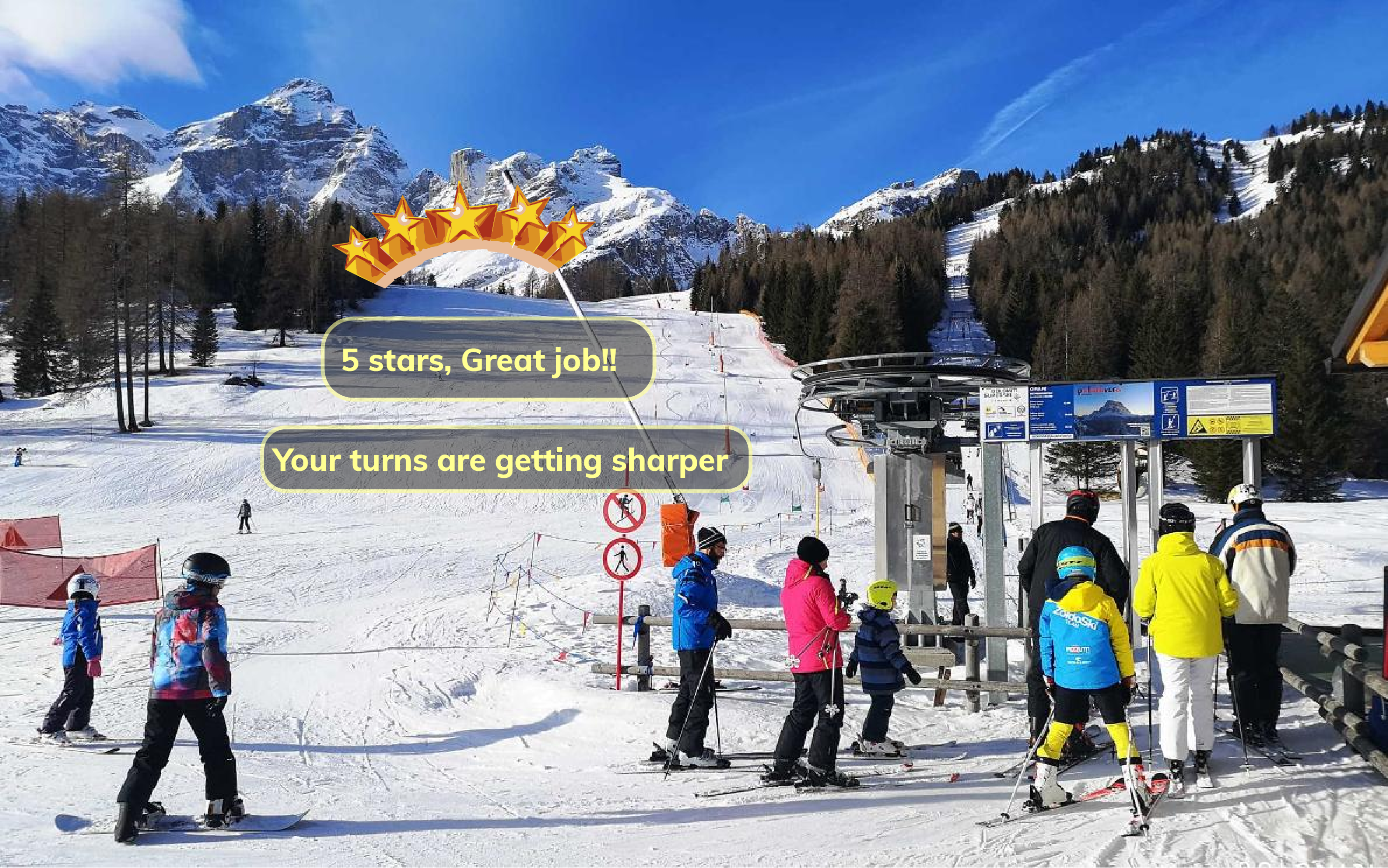
? Try it out here: https://creator.voiceflow.com/prototype/6218a35312551b7c4d54be8c
Instructions: Click the link above and click the blue button to start the conversation. To talk press the spacebar, make sure your laptop has a working microphone. Try to talk loud and clear and use simple words for the best results. Our voice coach has some difficulty with certain names, so try a simpler name if the program does not recognize your own name (we use ?Maarten? in most of our tests).
? Or watch a demonstration here:
Findings after testing:
Findings after testing:

Insights:
- The AI had difficulty with recognizing other accents or names.
- The AI only recognized words when speaking very clearly and deliberately.
- The conversation style and timing made people have to actively think and remember options.
- Errors in the conversation made the flow end
- The conversation was distracting while skiing, in the test there were already too many variables for the participants to answer the questions.
- Faulty AI can trigger emotions and frustrate people
Implications:
- The conversation style should be less distracting and mentally demanding.
- The timing should be slowed down.
Challenge 2: Understanding how to improve
Apart from the rare times when the teacher takes time to observe each kid and tells them how to improve their skiing, it can be difficult for children to understand immediately what they are doing wrong and how to correct it.
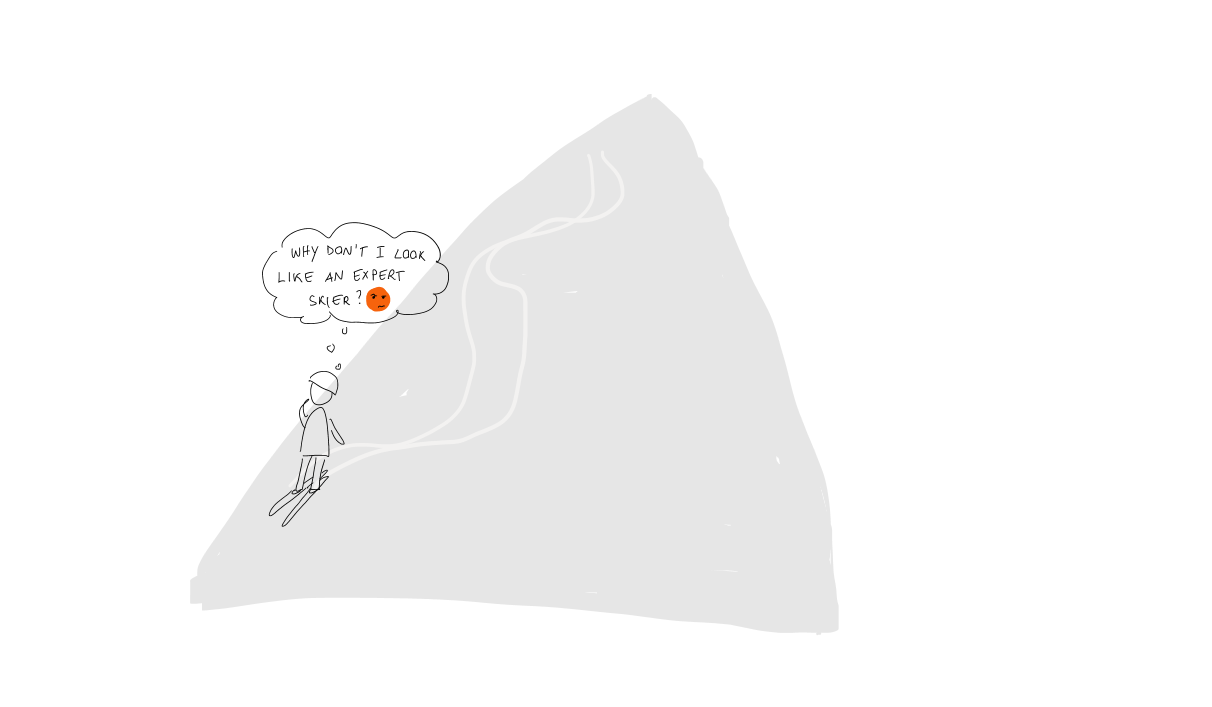
Concept 2: skiing posture recognition??
Concept 2: skiing posture recognition??
With this concept, we propose a new way of developing a better skiing posture!
The idea of the prototype is to use posture recognition to recognize skiing posture. This could be used by beginner skiers to improve their posture as they are often not aware of their own posture while skiing. The concept would use external cameras to film skiers going down the slopes. Beginner posture is classified as passive and backward leaning while the experts actively engage their body and lean forward.
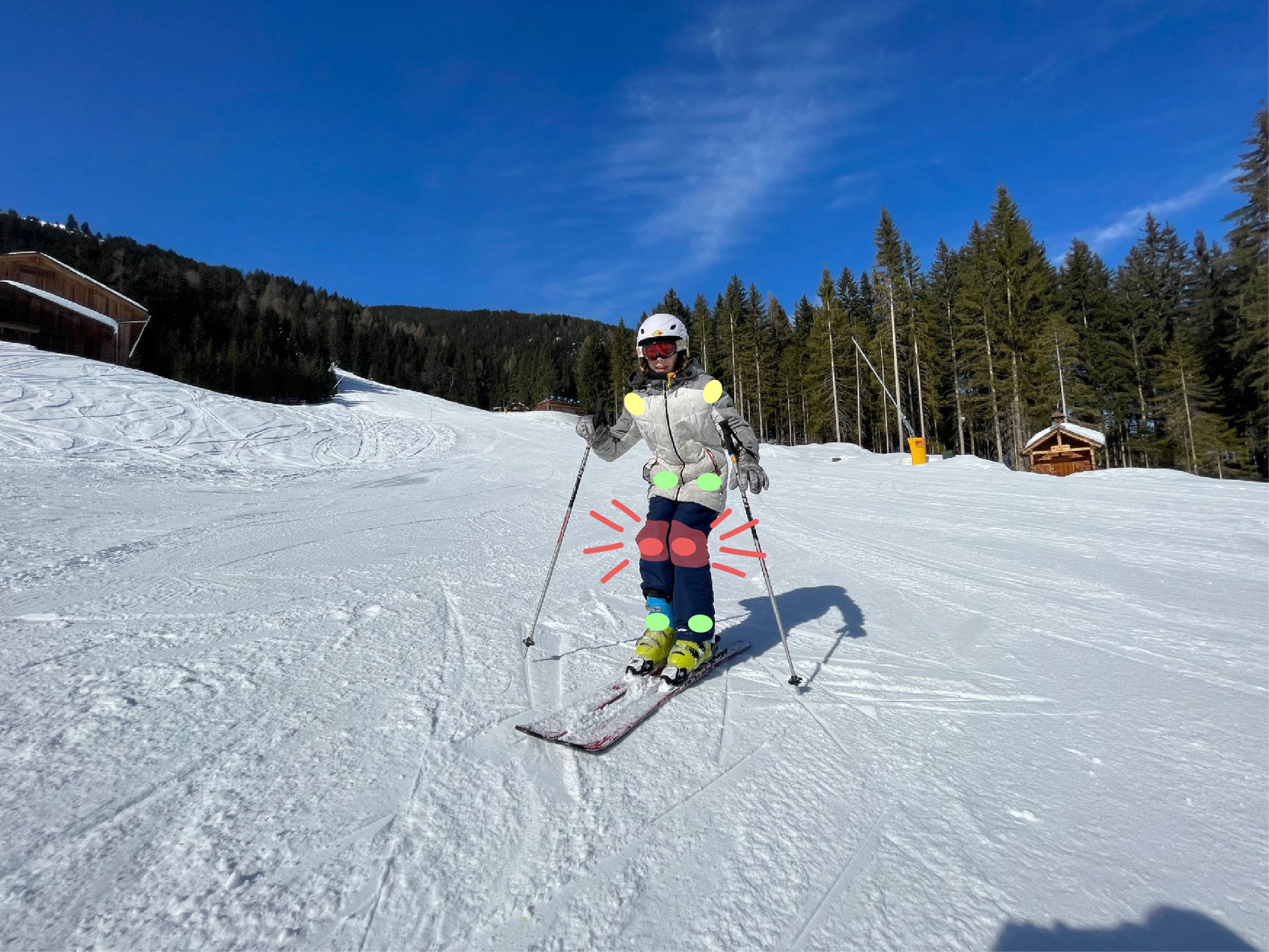
? Try it out here: https://teachablemachine.withgoogle.com/models/TxVgWv__5/
Instructions: Click the link. On the righthand side of the screen, you see the prototype. Give access to your webcam to start. You can zoom in a little bit if you would like to see it bigger, but unfortunately, the platform does not allow fullscreen. Now take a few steps back from your webcam in order to see your full body on screen. Now try to take a sideways skiing pose, use the pictures as a reference. Make sure you face left! Mess around with the AI to see if you can get it to an ?expert? level! If you are in doubt whether you are doing it correctly, check out the video underneath.
? Watch a demonstration here:
Findings after testing:
Findings after testing:
Insights:
- The AI recognized the different postures
- The AI has difficulty recognizing other people than the input footage
- The AI has difficulty recognizing postures with a busy background
- The AI was very sensitive and reactive
- The participants didn?t know how to improve their posture
Implications:
- The AI should include different types of postures.
- The AI should differentiate the different elements of the posture: back lean, knee bend, arm angle, etc.
- The AI should give feedback on which elements of the posture should be improved and how.
- The posture analysis could be communicated in AR through the skiing helmet.
Challenge 3: Falling down
Falling is usually experienced as a personal failure, it is demotivating, sometimes painful, and can lead kids to give up and make them want to quit.
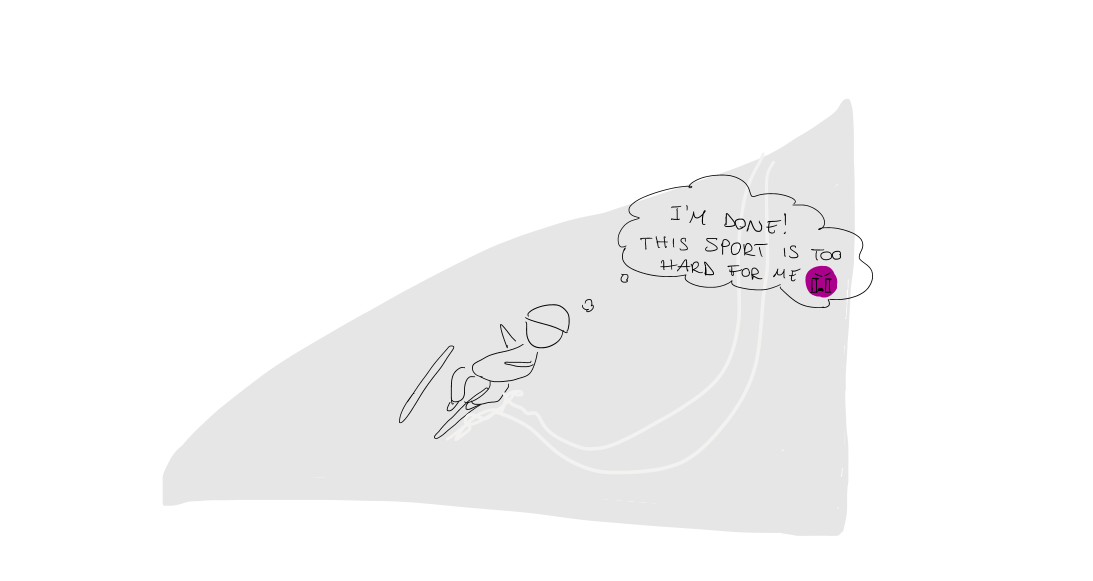
Concept 3: falling assistant ???
Concept 3: falling assistant ???
With this concept, we propose a new way of getting up after falling!
The idea of the prototype is to use sensors to detect when the skier has fallen down. In this prototype we show that if the skier falls down a red light turns on, indicating that the skier needs help getting up and might be hurt. As future development, the red light could be transformed into more advanced signals that function as a personal guide to help you get up on your own, and/or stimulate you to keep going.
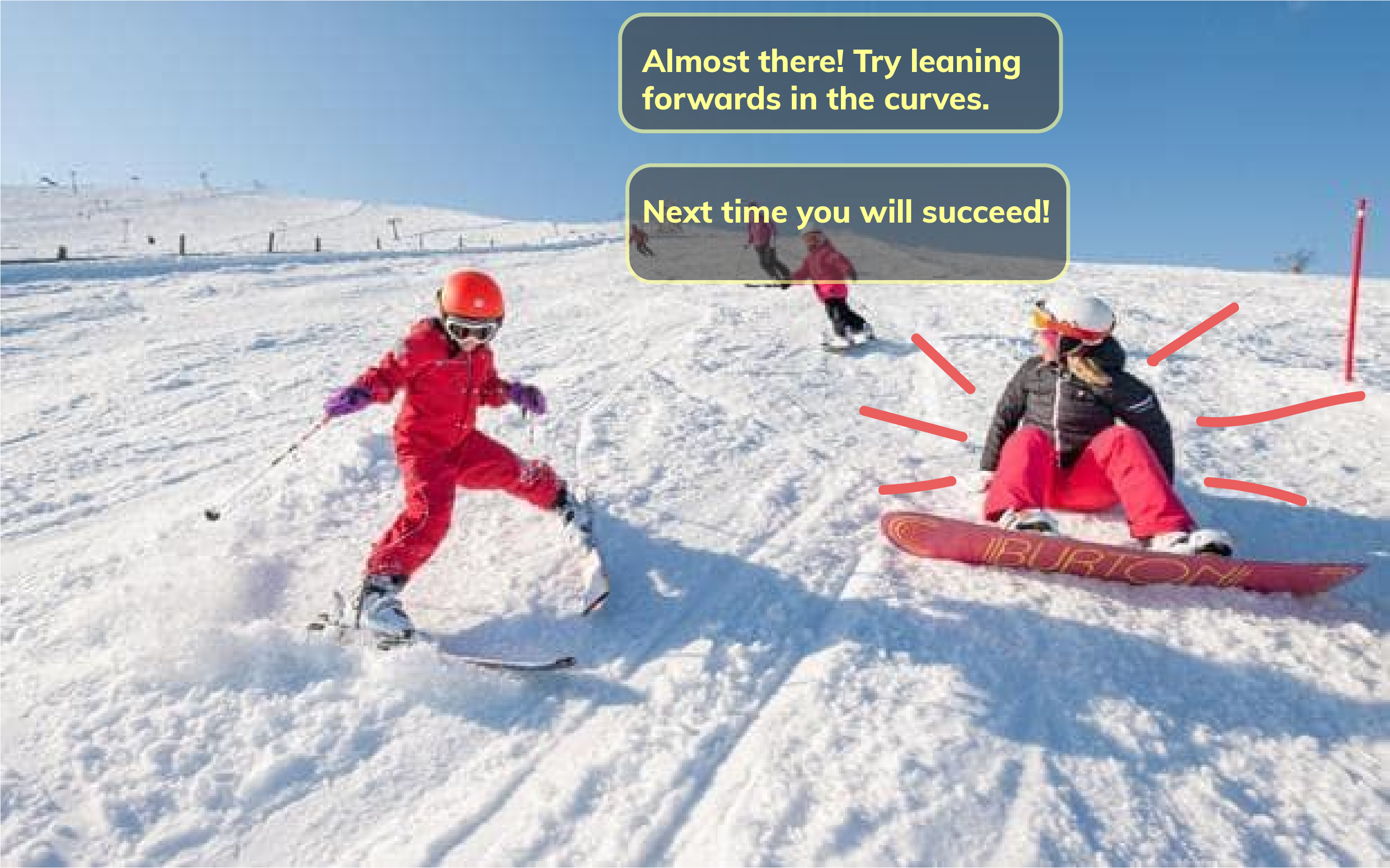
? Watch a demonstration here:
Findings after testing:
Findings after testing:
Insights:
- The AI can easily understand when the person falls
- The light turning on catches the attention of the other skiers
- The skier that has fallen needs more emotional support than practical advice
- Train the AI within nuance between falling hard and soft, so it won't give false alarms
Implications:
- This technology can provide extra safety for off-piste skiers and snowboarders
- It can be implicated into jackets to signal when people fall on the slope
- This system could help communicate between skiers of the same group when somebody is down
- By implementing a more complex light system, the AI could guide the skier who has fallen to get up
- The AI and its sensor could be built to be modular and removable so that the system can learn and ?grow? with its user. The skier might grow out of their clothes (especially kids), but the AI can be brought along
Future vision ?
Future vision ?
Our vision for our concept is that it should make learning how to ski fun for kids! The learning process should be fun, personalized, and independent without the need for a skiing instructor. In future explorations, we would like to incorporate more social functions and also more interaction with nature and the environment.
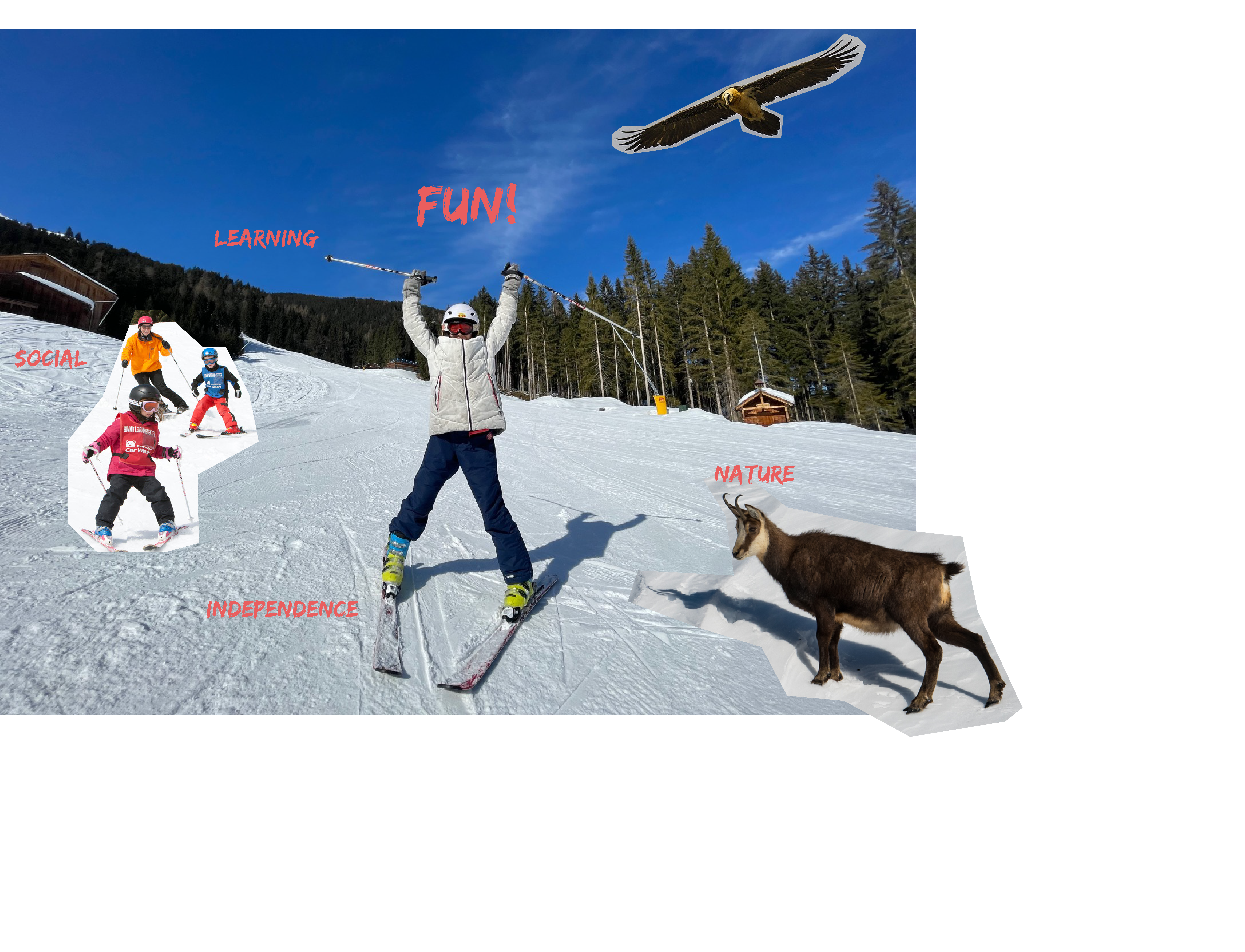
This was it. We hope we triggered some questions, ideas, or interests. Let us know what you think!

